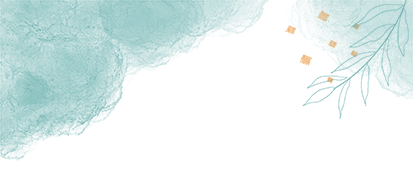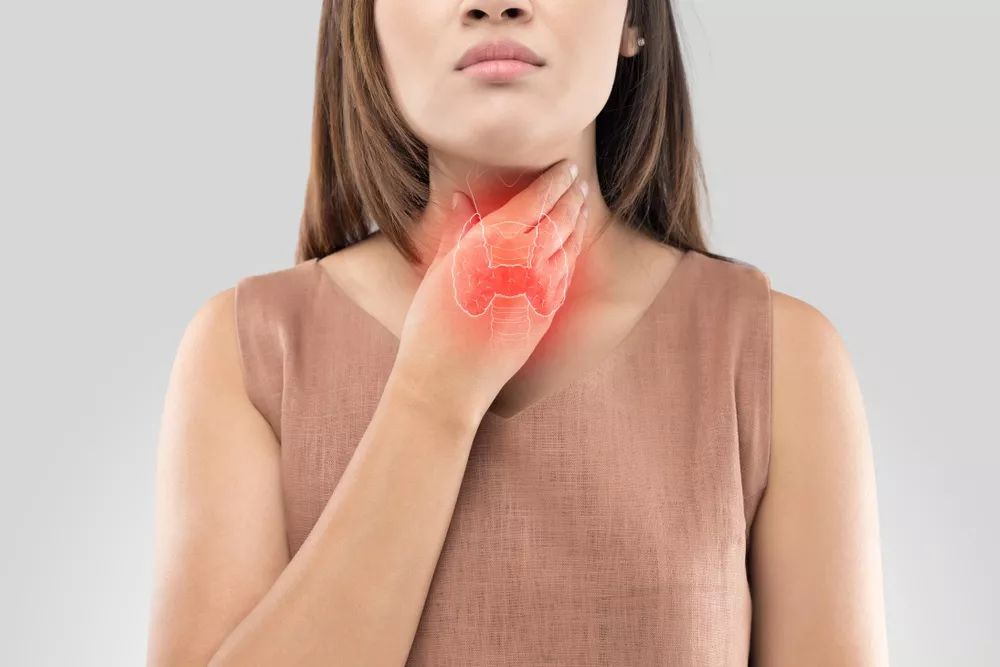
– Tao Yuan Ren Yi –
Common Spring Wind-Heat Colds,
How to Deal with Them?

Colds are generally divided into two main categories: Wind-Heat colds and Wind-Cold colds. The causes, symptoms, treatment principles, and medications for these two types of colds differ significantly. Let’s explore this together!

VLO· One
Wind-Heat Cold

Wind-Heat colds occur due to insufficient body fluids, leading to sluggish meridian circulation. The first stage of a Wind-Heat cold is when Wind-Heat invades the lungs. The throat is the gateway to the heart and lungs, so Wind-Heat colds often present with sore throats. However, one symptom alone is not sufficient for diagnosis; typically, two to three symptoms are needed for confirmation. If, in addition to a sore throat, there are symptoms such as a heavy head, sweating, sticky or yellow phlegm, nasal congestion with yellow discharge, a red tip and edges of the tongue, and a yellow coating on the tongue, then it is likely Wind-Heat.
Typical symptoms of a Wind-Heat cold include dryness and itchiness of the throat, nasal congestion with purulent discharge, a heavy cough with thick yellow phlegm, thirst, headache, and yellow urine, but chills are not prominent. Additionally, there may be significant signs such as swollen tonsils, congested throat, and a red tongue with a yellow coating.






VLO· Two
Wind-Cold Cold

Wind-Cold colds initially invade the surface of the body, with aversion to cold and clear nasal discharge being two typical symptoms. If a Wind-Heat cold is not properly managed in the first stage, it may progress to the second stage, where heat invades the pericardium, leading to fever symptoms, often with a high temperature. Prompt medical attention is necessary to avoid complications such as high fever seizures, especially in children who are prone to febrile convulsions.
Typical symptoms of a Wind-Cold cold include significant aversion to cold, chills, no sweating, nasal congestion, clear nasal discharge, cough with thin white phlegm, headache, and generalized body aches.






VLO· Three
What Should You Do When You Have a Cold?

1. Pay attention to rest and replenish sleep to allow the body to recover its low resistance.
2. Drink plenty of water to promote blood circulation, increase urine output, and facilitate sweating, which helps eliminate toxins from the body.
3. Increase the intake of fresh vegetables and fruits to supplement vitamins and minerals, promoting the metabolism of the three major nutrients.
4. If the cold does not improve, seek medical attention promptly.


Consultation Phone for the Respiratory Department of Yantai Tao Village Central Hospital:
0535-5497718


Author: Li Fei
Reviewer: Liu Xuemei
Editor: Sun Jintao, Yan Yiwei
Editor-in-Chief: Yin Fudong


